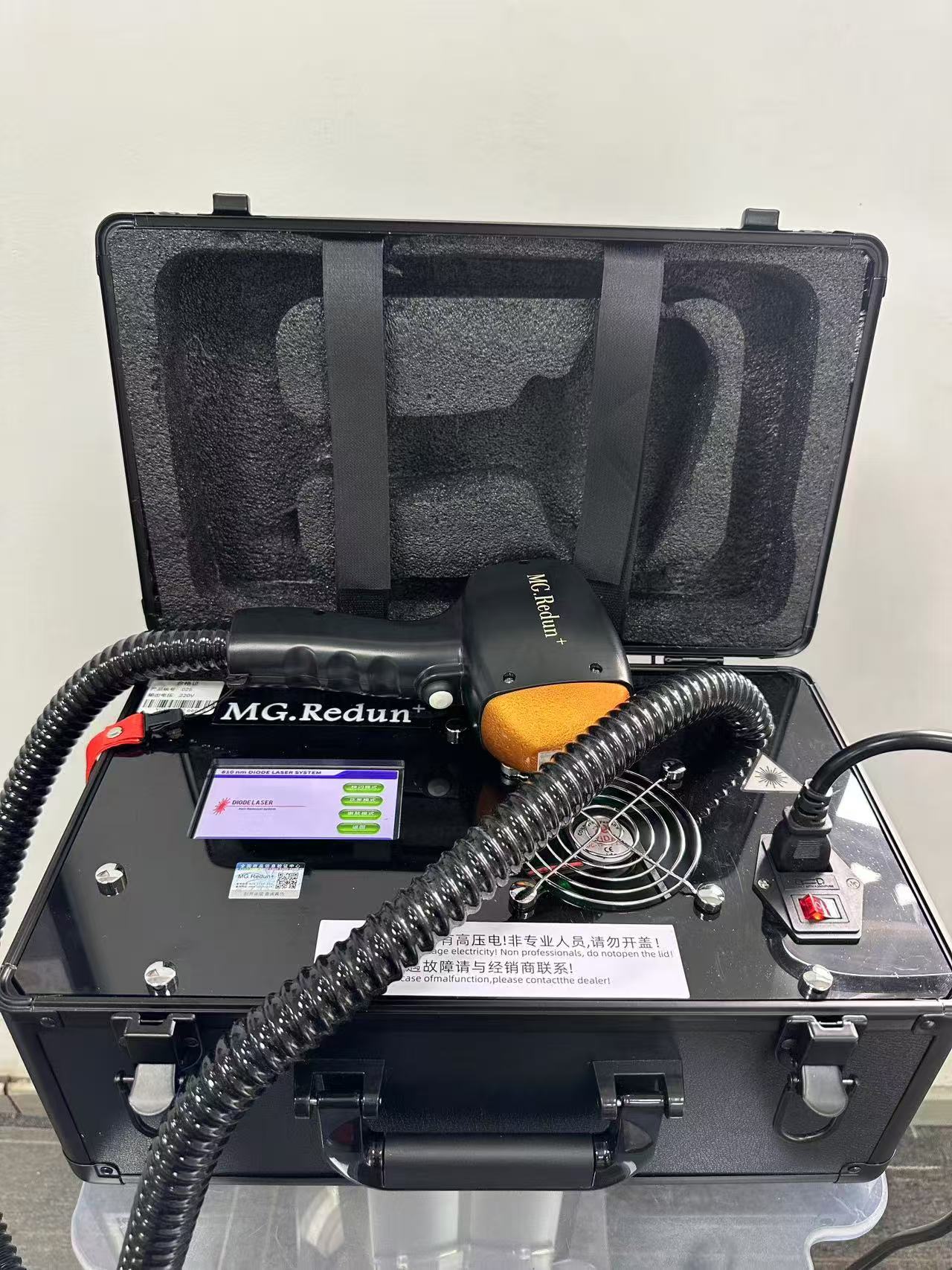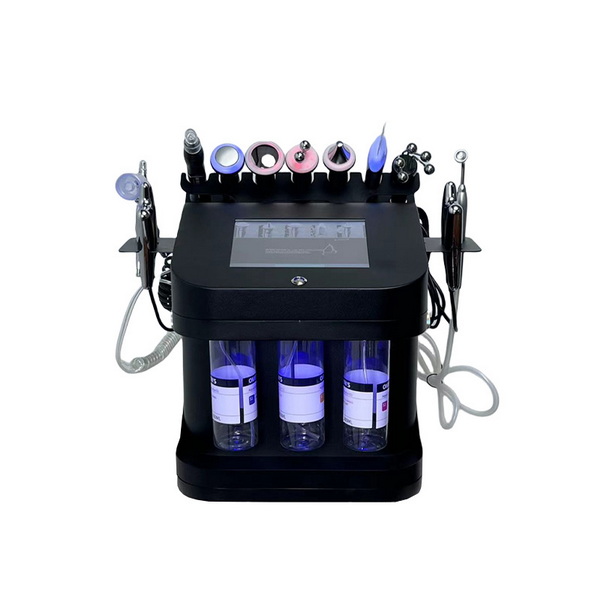Skin color analysis is a key aspect of personalized beauty and skincare. Understanding an individual’s unique skin tone is essential not only for creating effective skincare routines but also for selecting the right cosmetic products. In this article, we will explore the significance of skin color analysis, how it can enhance skincare and beauty treatments, and how to perform an accurate skin color analysis.
What is Skin Color Analysis?
Skin color analysis is a process of identifying and categorizing the various shades and undertones of a person’s skin. It involves assessing the color, tone, and texture of the skin to determine which skincare products, makeup, and treatments will work best for the individual. Skin color is typically classified into several categories based on pigmentation, which is influenced by genetics and environmental factors.
The process of skin color analysis involves looking beyond just the visible surface of the skin. Factors like undertones, the presence of melanin, and the skin’s reaction to different treatments play an important role in determining the most suitable approach to skincare and beauty.

The Science Behind Skin Color
The color of your skin is primarily determined by the amount and type of melanin you produce. Melanin is a pigment responsible for the color of your skin, hair, and eyes. There are two main types of melanin: eumelanin, which is brown to black, and pheomelanin, which is yellow to red.
People with darker skin tones produce more eumelanin, while those with lighter skin tones produce more pheomelanin. The amount of melanin in the skin is influenced by both genetic and environmental factors, such as sun exposure. UV radiation from the sun stimulates the production of melanin as a protective mechanism.
Why is Skin Color Analysis Important in Skincare?
Skin color analysis plays a crucial role in determining which skincare products will work best for your skin. Products like moisturizers, serums, and sunscreens are formulated with specific ingredients to target different skin tones and concerns. Understanding your skin color helps you choose products that are more likely to be effective for your complexion.
Tailored Skincare Routine
Your skin color analysis can guide you in choosing skincare routines that are specifically suited for your skin type. For instance, if you have darker skin tones, you may need products that are better at addressing hyperpigmentation and uneven skin tone. On the other hand, people with lighter skin tones may require more hydration and protection from the sun’s harmful UV rays.
Choosing the Right Sunscreen
Skin color analysis can also be crucial when selecting sunscreen. People with darker skin may think they don’t need sunscreen because they don’t burn as easily, but they are still at risk for skin damage and conditions like hyperpigmentation. On the other hand, people with lighter skin tones need stronger sun protection due to their higher susceptibility to sunburn.
How Skin Color Analysis Enhances Makeup Application
Makeup artists often rely on skin color analysis to choose the right shades for foundation, concealer, and other makeup products. Each person’s skin undertones, which can be cool, warm, or neutral, will influence which makeup colors look best. Skin color analysis ensures that makeup products match the natural skin tone and undertone, providing a flawless and natural finish.
Determining Undertones
There are three main undertones that are key to skin color analysis:
- Cool Undertones: These are typically pink, red, or blue hues under the skin. People with cool undertones may have fair or light skin and often have a tendency to burn rather than tan in the sun.
- Warm Undertones: These undertones are usually golden, peachy, or yellow. People with warm undertones tend to have medium to dark skin and may tan more easily than those with cool undertones.
- Neutral Undertones: Neutral undertones have a mix of both cool and warm tones. People with neutral undertones can often wear a wide range of makeup shades without it clashing with their natural complexion.

The Role of Skin Color Analysis in Professional Beauty Treatments
Skin color analysis isn’t just useful for daily skincare or makeup application; it is also crucial in professional beauty treatments. Whether it’s a laser treatment, chemical peel, or microdermabrasion, the results of the procedure can vary depending on a person’s skin color.
Laser Treatments
Laser treatments, including laser hair removal and skin rejuvenation, require careful consideration of skin color. Darker skin tones contain more melanin, which can absorb more of the laser energy. While this can enhance the effectiveness of certain treatments like hair removal, it also increases the risk of hyperpigmentation or scarring. Lighter skin tones may not react to certain lasers as effectively but can be more prone to damage, requiring more gentle settings.
Chemical Peels and Exfoliation
Chemical peels are used to remove dead skin cells and improve the skin’s appearance. However, the type of chemical peel used should be adjusted according to the individual’s skin color. Deeper peels, which are stronger, may work better on darker skin tones, while lighter peels are typically recommended for individuals with fairer skin. This approach ensures that the treatment does not cause irritation or other complications.
How to Perform a Skin Color Analysis
Performing a skin color analysis requires more than just a quick glance in the mirror. It involves evaluating various aspects of your skin, including its tone, texture, and undertones. Here’s how you can perform a skin color analysis on yourself:
Step 1: Identify Your Skin Tone
Your skin tone can be light, medium, olive, or dark. To determine your skin tone, examine the color of your face and body in natural light. Look for any variations across different areas of your skin, as the skin tone can sometimes change due to factors like sun exposure or skin conditions.
Step 2: Determine Your Undertone
To determine your undertone, check the veins on your wrist. If they appear blue, you likely have cool undertones. If they appear green, you have warm undertones. If you can’t tell whether they are blue or green, you likely have neutral undertones.
Step 3: Check Your Skin’s Reaction to Sun Exposure
Do you burn easily in the sun, or do you tan quickly? This is an important indicator of your skin type. Those who burn quickly are typically in the lighter skin tone category, while those who tan easily usually have a medium or darker skin tone.
Step 4: Consider Other Factors
Finally, consider the texture of your skin and how it reacts to different skincare products. Sensitive skin may require gentler formulas, while more resilient skin can handle stronger treatments.
The Future of Skin Color Analysis
With advancements in technology, skin color analysis is becoming more sophisticated. Devices such as skin analyzers are now able to measure various aspects of your skin’s health, including pigmentation, hydration, and even the effectiveness of your skincare regimen. This technology makes it easier than ever to determine the best course of action for your skin, ensuring personalized care and improved results.
Conclusion: Embrace the Power of Skin Color Analysis
Skin color analysis is not just about vanity; it’s a science-backed approach that helps tailor skincare routines, makeup choices, and professional beauty treatments to your unique complexion. By understanding your skin’s color, tone, and undertones, you can achieve better skincare results, a more flawless makeup application, and enhanced beauty treatment outcomes. Whether you’re an everyday consumer or a beauty professional, incorporating skin color analysis into your routine is an essential step toward achieving your best skin.















